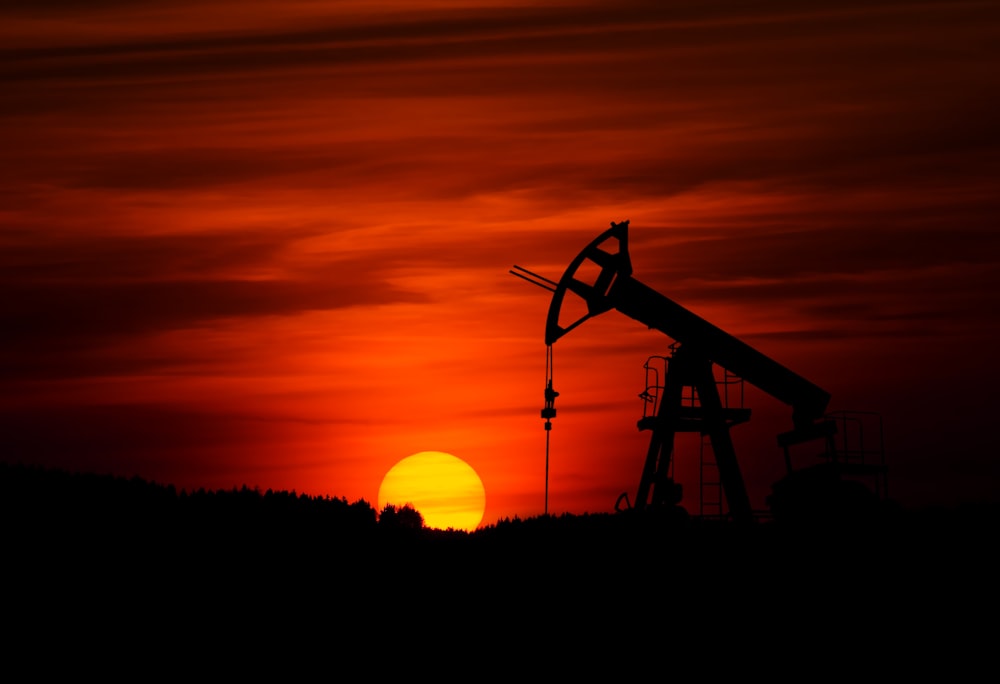The Energy Report: Oil Flow
Photo by Zbynek Burival on Unsplash
There is a report oil will again flow through via Ceyhan pipeline, resuming Northern Iraq oil exports. Also reported is that Iran’s oil output will reach 3.4 million barrels day by the end of September and is putting a damper on oil prices after a less that spectacular report from the American Petroleum Institute (API). The API failed to live up to whisper market expectations and reported a respectable 2.418-million-barrel draw from supply. Still there was talk the draw could be more after we saw a 2.21-million-barrel supply drain from the Cushing, Oklahoma CME Group delivery point.
Still the market was expecting a bigger draw and with a pretty much neutral gasoline draw of 153,00 barrels and a distillate increase of 1.898 million barrels. It failed to inspire as we are in the dog days of summertime trading. Global demand is exceeding expectations. A report from Rystad reports, global demand on Monday, accounting for 50.5 million barrels a day, grew year over year, the fastest pace in over a month. Based on refinery runs, refiners must continue to run full out to keep up with demand and is raising concerns of supply squeezes later in the summer.
Reports are showing Russia complying with cuts as Russia seaborn crude flows dropped to the lowest level since January according to Bloomberg News. That is a reduction of about 1,000,000 barrels a day.
Is the EIA’s new methodology for figuring out US production giving the market a false sense of security. Rising production in the US is being driven in part from reducing the amount of drilled but uncompleted wells. Earlier this year the EIA revised the number of drilled but uncompleted (DUC) wells in the top U.S. shale basin, adding several years’ worth of unreported DUCs recently submitted to FracFocus, a data provider. It was another of several EIA data overhauls this year according to Reuters. The revisions imply that drilling-rig productivity has been higher than past estimates, the EIA said. It believes active drilling rigs were about 10% more productive in 2021–2022 than previously estimated.
The Biden administration also is looking to increase royalty rates from the government paid by oil, gas and coal companies for the right to drill and mine on land owned by the public land. This is not so much to add revenue to the US but to try to discourage US oil and gas production. The move is going to put more upward price pressure on oil. As Biden’s poll numbers look increasingly vulnerable, traders will pay attention to tonight’s firs Republican Presidential debate on Fox News. One of the starkest contrasts between the Republicans and the Democrats is energy security and how to achieve it responsibly.
As we have seen under Biden, a mishmash of energy policies that seemingly conflict with each other. He has discouraged investment and has reduced oil production. Based on some estimates Bidens energy has reduced US oil and gas output by 2 to 4 million barrels a day. While many people are touting record U.S. oil production the truth is we all know it could have been a lot higher.
We also know that it is unlikely that if we were producing 2 to 4 million barrels of oil more a day that OPEC would dare to cut production, that is because they would lose market share to the US. Right now, they’re not concerned about losing market share because they know there’s a looming supply deficit. That deficit has emerged because of the pullback of the US oil and gas revolution.
So, I hope all of you Biden supporters appreciate paying these higher gasoline prices because let’s face it, that’s what you voted for. Of course, we wrote that before Biden was elected. Many said that was not true. Of course, it’s hard to argue that now.
Natural gas is also pulling back a bit. Brad Holt, writer of the economic report called “Balance Thoughts”, says that the tropical storm is bringing some much-needed relief from the hot temperatures that have plagued Texas. It appears right now that the tropical storms are going to do little damage to U.S. oil and gas infrastructure so for right now it’s being taken as a negative on the natural gas side. Also, there are reports that Europe is seeking more natural gas from the United states because their industries are facing shortages. Bloomberg News says that Europe is securing more LNG tankers from the US to keep their industries alive.
More By This Author:
The Energy Report: Fade To BlackThe Energy Report Storm Out Front
The Energy Report - Cracking Up




